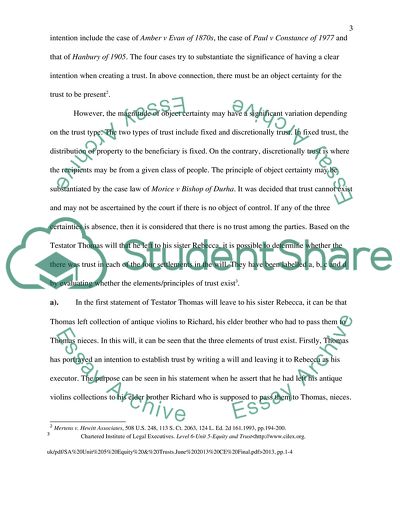Cite this document
(“Equity & trusts on the three certainties Essay Example | Topics and Well Written Essays - 1500 words”, n.d.)
Equity & trusts on the three certainties Essay Example | Topics and Well Written Essays - 1500 words. Retrieved from https://studentshare.org/law/1679614-equity-trusts-on-the-three-certainties
Equity & trusts on the three certainties Essay Example | Topics and Well Written Essays - 1500 words. Retrieved from https://studentshare.org/law/1679614-equity-trusts-on-the-three-certainties
(Equity & Trusts on the Three Certainties Essay Example | Topics and Well Written Essays - 1500 Words)
Equity & Trusts on the Three Certainties Essay Example | Topics and Well Written Essays - 1500 Words. https://studentshare.org/law/1679614-equity-trusts-on-the-three-certainties.
Equity & Trusts on the Three Certainties Essay Example | Topics and Well Written Essays - 1500 Words. https://studentshare.org/law/1679614-equity-trusts-on-the-three-certainties.
“Equity & Trusts on the Three Certainties Essay Example | Topics and Well Written Essays - 1500 Words”, n.d. https://studentshare.org/law/1679614-equity-trusts-on-the-three-certainties.


